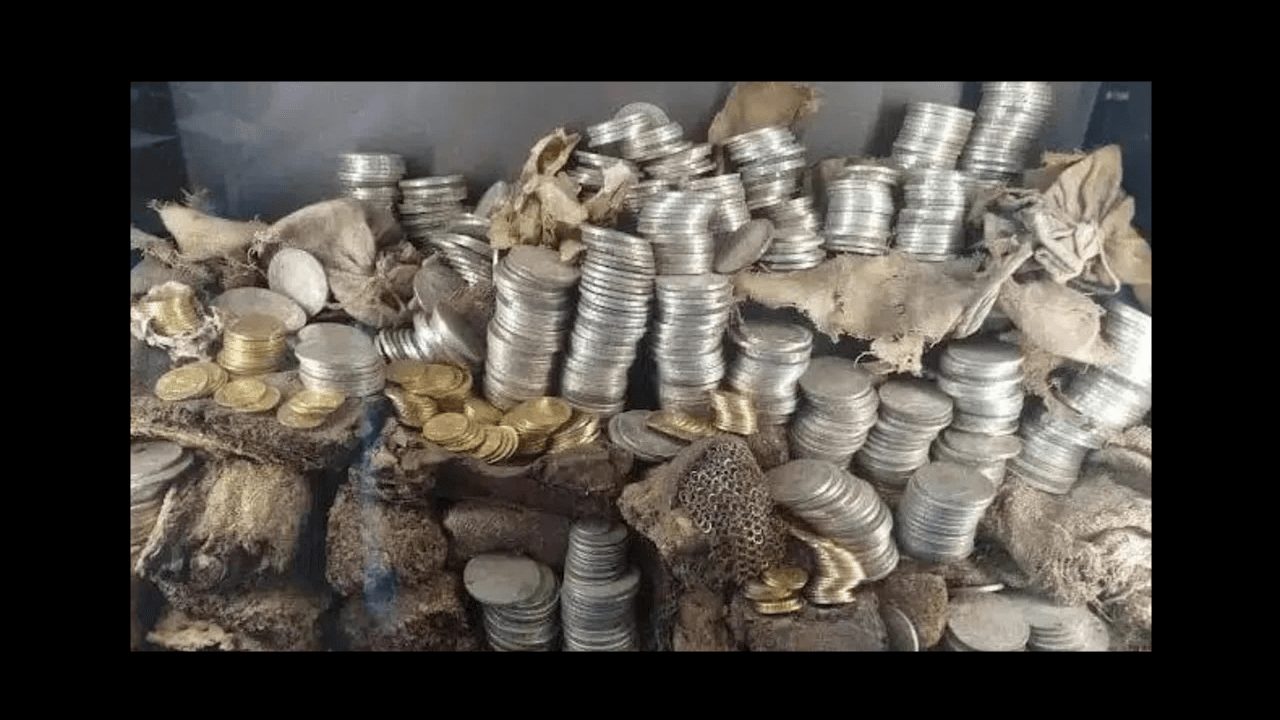(Mike Maharrey, Money Metals News Service) You might imagine that a museum would be a pretty safe place to keep stuff like gold, silver, and jewels.
Not in France.
Just hours after the theft of French crown jewels from the Louvre, workers discovered that a different band of thieves had made off with 2,000 gold and silver coins from another museum.
The coins were lifted from a museum located in Landres (NE France), dedicated to the French philosopher Denis Diderot.
The stolen coins date between 1790 and 1840. They were discovered in 2011 during renovation work on the building that houses the museum. The pilfered coins are worth around €90,000 ($140,000).
According to police, the thieves chose the coins with “great expertise.”
It’s unclear how the burglars got the coins. When the museum opened, workers noticed a smashed case and the missing coins.
This raises a question. How will our intrepid thieves sell these coins? Wouldn’t it be kind of obvious if they showed up at the local pawn shop with valuable French coins?
I guess they could always go the black-market route. Or they could just melt them down. After all, the gold and silver are worth plenty on their own. They’d likely make a pretty penny even if they forgo the historic value of the coins.
That’s what thieves who broke into the Natural History Museum in Paris and made off with six gold nuggets worth €1.5 million did. They melted them down to sell them.
It was a good plan. But they still got caught. A Chinese national was busted in Barcelona while trying to sell the pilfered gold.
By the way, don’t try melting down stolen fiat currency. Dollars are mostly paper these days. Paper doesn’t melt, although you might be able to cook a marshmallow if you have a pile of them. And a U.S. coin like a quarter isn’t worth much more than a quarter when you melt it down. Unless, of course, you have a quarter minted before 1965. They were 90 percent silver and have a melt value of around $8.85 at the current silver price of around $49.
They call this “junk silver,” but in reality, the modern quarters are junk.
Safe to say, people won’t likely be stealing U.S. fiat currency from a museum 100 years from now.
Anyway, it’s been a bad month for French museums. The thieves who stole the French crown jewels from the Louvre pulled off the heist in broad daylight while the museum was open, with patrons wandering around inside. They used a mechanical ladder to access a window and an angle grinder to get inside. The BBC has a pretty good overview of how it all went down.
Art detective (Yes, that’s a thing) Arthur Brand told the BBC there could be copycat burglaries across Europe, given the success of this heist. If someone can target the Louvre and escape with the French crown jewels, local thieves may think “let’s try our nearest museum”, he said.
So, what is the moral of this story?
Well, don’t count on security at a French museum.
But do you know where you can count on tight security?
At the Money Metals Exchange bullion vault in Eagle, Idaho. The place is bigger than Fort Knox. I got to visit there last month. I’m not going to give away any security secrets, but just trust me when I say, you don’t want to try to break in if you value your freedom and your life.
Photo courtesy of Musees de Langres
Mike Maharrey is a journalist and market analyst for Money Metals with over a decade of experience in precious metals. He holds a BS in accounting from the University of Kentucky and a BA in journalism from the University of South Florida.

